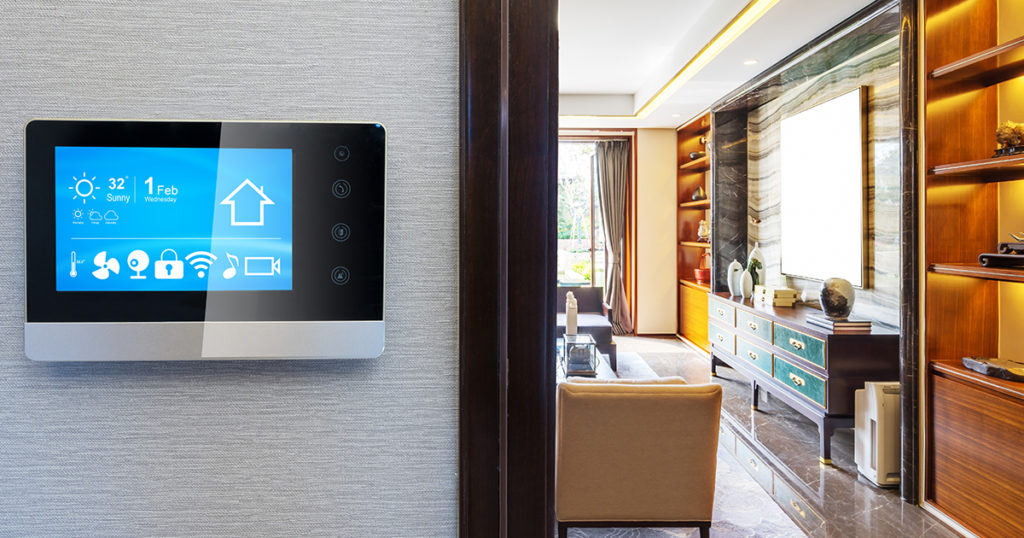Last week you were visiting one of your closest friends for a much needed and overdue visit. As you sipped iced coffee and caught up, she mentioned that she had recently transformed her place into a smart home.
She showed you around the house and pointed out the locks, lights, thermostats and other cool gadgets that she can control with an app on her phone or by merely using her voice.
You left the visit not only happy to have seen your friend, but also inspired to make your own home a lot smarter. As for how to go about this, consider the following words of advice:
Decide What You Want the Most
To spend your hard-earned money as wisely as possible on smart home devices, start by making a wish list of what you’d like the most. For instance, you are gone a lot at work and sometimes your teens are home alone for a few hours, so having a security system is important. You also really like the idea of having door locks that close on their own after a certain amount of time as well as a fridge that you can see the inside of while you are at the grocery store. Some of the smart home automation devices you choose will be for safety and some for convenience and that’s totally fine; once you have your wish list ready, prioritize it and decide on your budget.
Consider DIY Versus Professional Installation
Once you decide what devices you’d like to transform your house into a smart home, it’s time to weigh DIY vs professional smart home installation. While many homeowners choose the DIY smart home installation route—which is great if you have the time and the skills to do it correctly—some people find mid-project that they don’t have the tools or know-how to finish the job correctly. When weighing the pros and cons of DIY smart home installation as opposed to hiring professionals, make an honest assessment of not only your ability with tools but also if you are up on technology. You will need to make sure your smart devices are compatible and that they can run on your home network; in some cases, this may involve upgrading your router to boost your internet connection. Also, while you may be able to tackle installing a video doorbell or smart thermostat, you might want to leave other devices to professionals, such as hard-wired security cameras.
Weigh Your Control Options
As you saw at your friend’s house last week, home automation systems can be controlled in different ways. Some run on a timer, while others are controlled by your voice, motion detection or an app. If you like the idea of literally telling your mini blinds to open, close, raise or lower, you might want to choose Alexa-controlled window coverings that let your voice do the work. That dream fridge of yours, on the other hand, will probably need to be connected to an app so that you can see if you’ve run out of milk while standing in the dairy department of the supermarket. You might also like a smart plug that automatically turns on your coffee pot in the morning; in this case, a timer may be your best bet.
Be Smart About Your Smart Home
You can definitely enjoy the convenience, security and savings a smart home can bring. It just takes some research on what you want and need, careful shopping, and DIY or professional installation. By keeping these words of advice in mind, your home will be smarter in no time, and you and your close friend will both be impressed with the new devices.




















